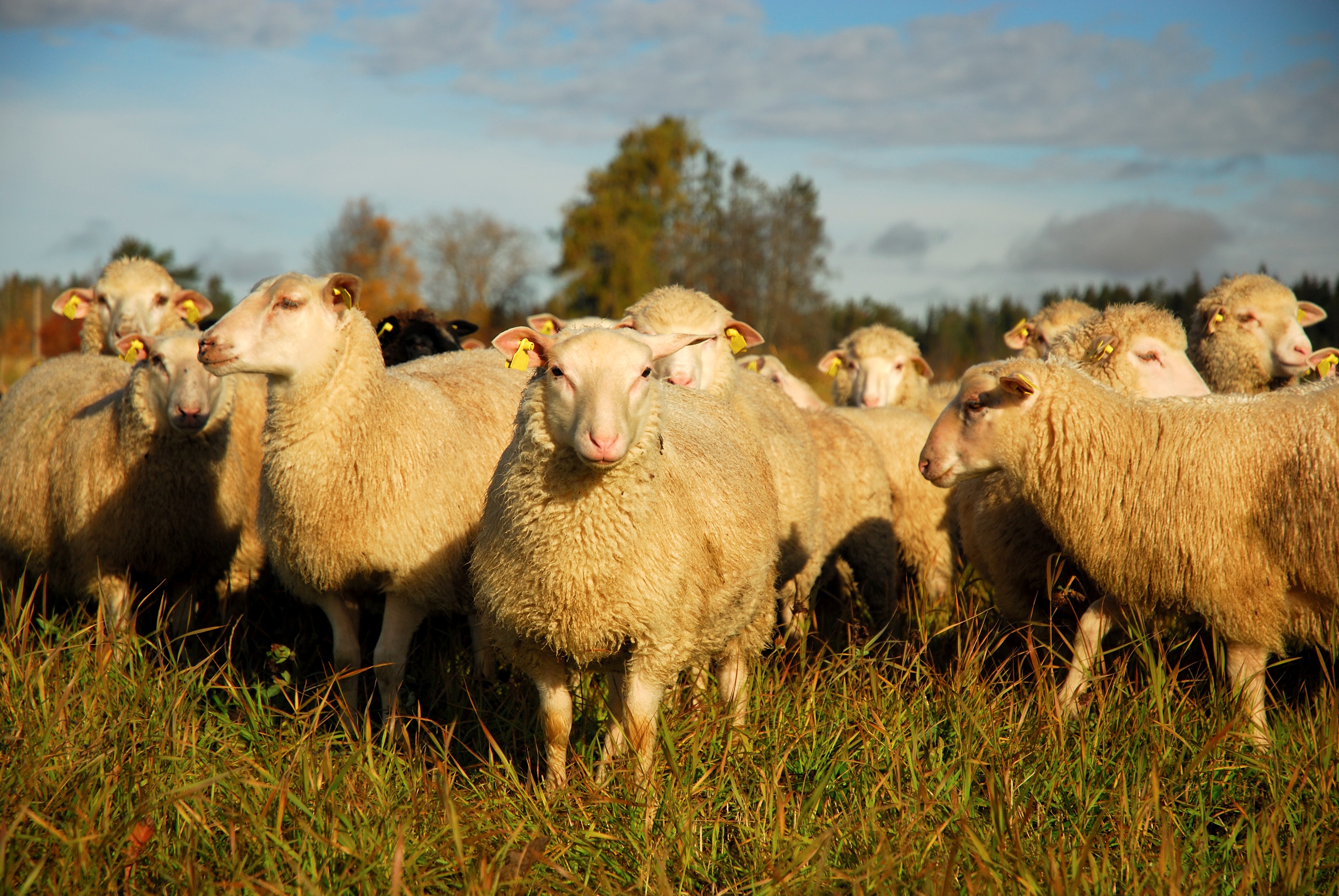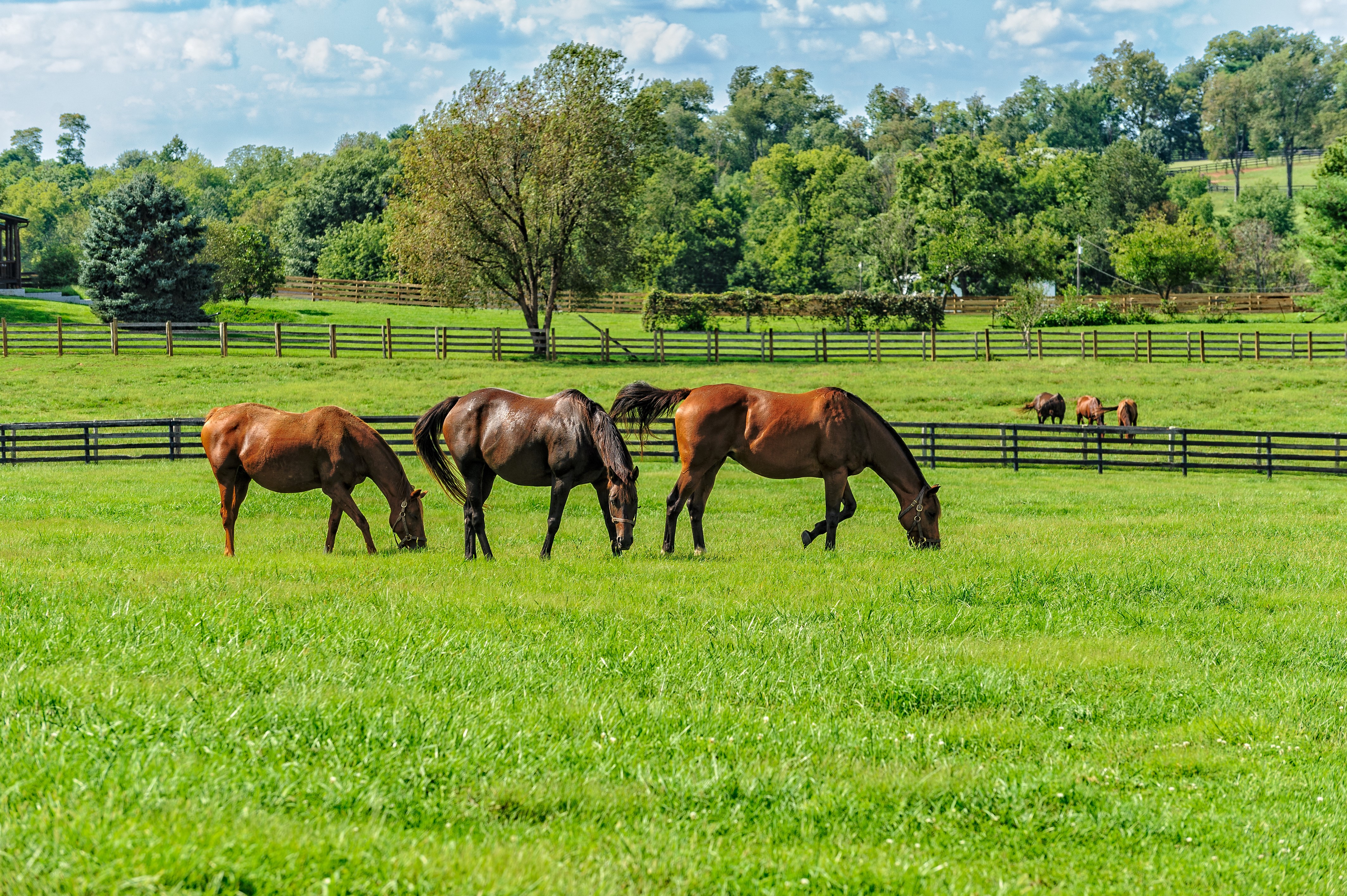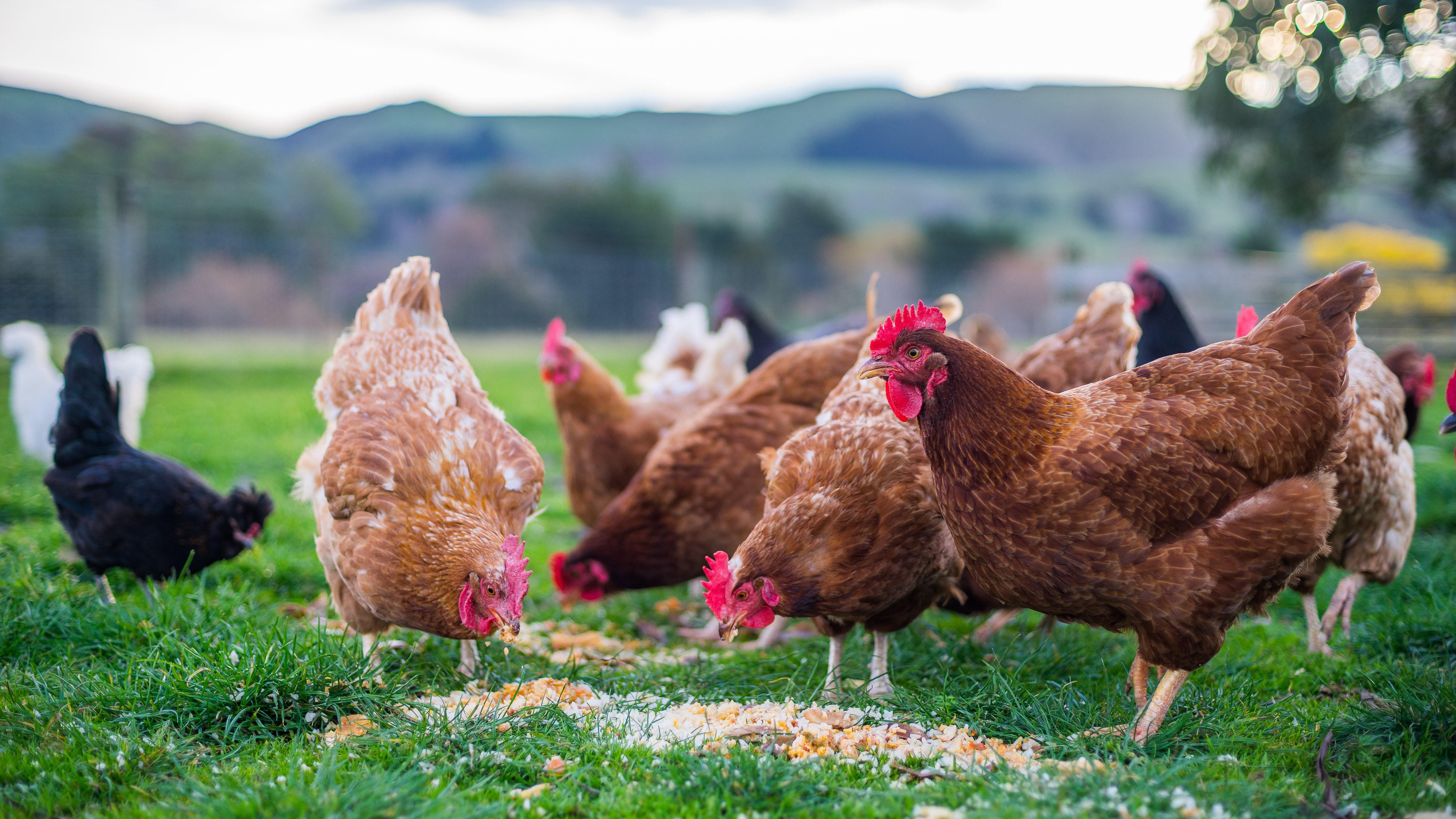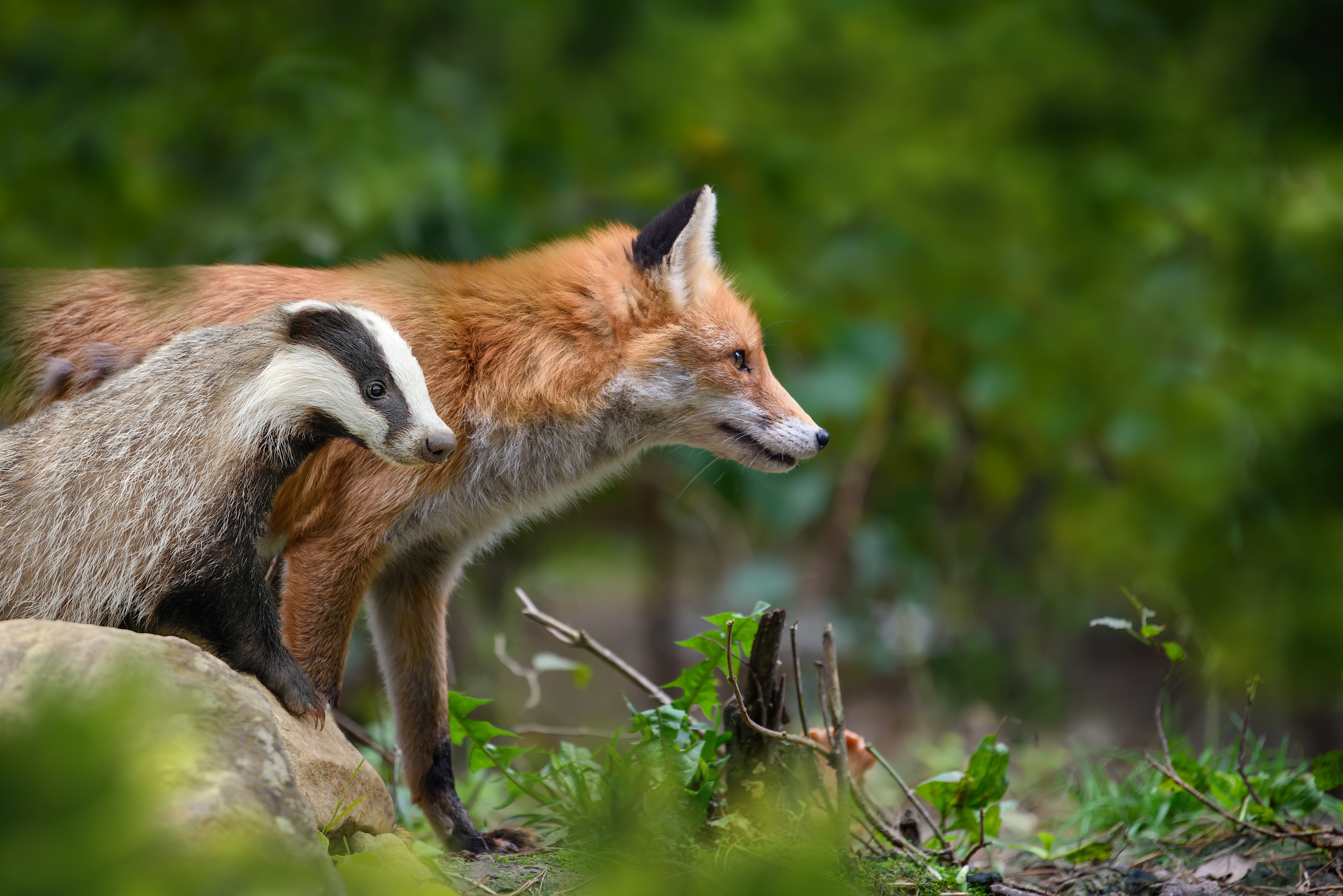Nematodirosis in lambs
Background
Nematodirosis is a severe disease of lambs six to twelve weeks of age which become infected through ingesting large numbers of infective larvae present on contaminated pasture. The life cycle of Nematodirus battus is unlike that of other roundworms in that typically it takes almost a year before the egg hatches releasing the infective larva. There is a mass hatching of larvae in spring when the soil temperature increases after a period of cold weather and disease typically occurs in April, May and June. Disease is often seen before ingested larvae have developed to adults in the intestine of affected lambs.
Infection is characterised by profuse diarrhoea, dehydration and weight loss. In outbreak scenarios, lambs can be seen congregating around water troughs due to the severe thirst that develops, while the ewes which are unaffected continue to graze.
Occurrence in DAFM laboratories, spring 2020
Evidence of Nematodirus has been detected in two lambs in DAFM laboratories already this year. The first case was a three month old lamb, submitted from a county Monaghan flock to Athlone RVL. It was the sixth lamb to die from the flock. Although the pathology detected on necropsy conducted on the 27thof March was not typical of nematodirosis, testing of the faeces showed a high faecal egg count of 1800 Nematodirus eggs per gram. This would indicate a high level of eggs hatched on the pasture at least three weeks ago, as it takes three weeks for worms in the gut to grow from ingestion (as larvae) to the adult stage when they can produce eggs themselves.
A moderately high faecal egg count of 400 eggs per gram was also seen in a three month old lamb submitted to Kilkenny RVL from a county Kilkenny flock in early April. In that case the pathology seen was typical of nematodirosis.
The high faecal egg counts are all the more striking because cases of nematodirosis are often seen in the absence of eggs in the faeces.
DAFM has recently produced a nematodirosis forecast, indicating when disease/production loss due to nematodirus may be expected in various parts of the country. The forecast can be found at
https://www.agriculture.gov.ie/press/pressreleases/2020/april/title,141793,en.html
The RVL findings complement the DAFM nematodirosis forecast. They serve as a reminder that high levels of Nematodirus can be present on individual farms in advance of the timing of peak infection predicted by the nematodirosis forecast.
Because of the slow turnover (one generation per year) of the Nematodirus population, anthelmintic resistance is rare. Accordingly the use of a white drench is recommended at periods of high risk.
In general, farmers should dose lambs in accordance with the recommendations of the nematodirosis forecast. If clinical signs typical of those caused by Nematodirus are seen before the dose is due, consideration should be given to dosing earlier, bearing in mind that other diseases can cause similar clinical signs. Farmers are encouraged to discuss flock health problems with their private veterinary practitioner, and to utilise the services of their local RVL to investigate unexplained losses.






